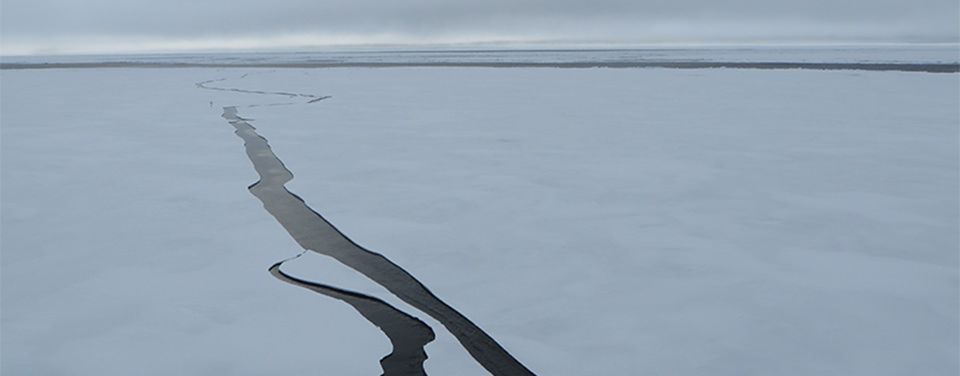What is the cryosphere?
The cryosphere is the frozen water part of the Earth system.

Beaufort Sea, north of Alaska. One part of the cryosphere is ice that is found in water. This includes frozen parts of the ocean, such as waters surrounding Antarctica and the Arctic.
There are places on Earth that are so cold that water is frozen solid. These areas of snow or ice, which are subject to temperatures below 0°C 
Ice and snow on land are one part of the cryosphere. This includes the largest parts of the cryosphere, the continental ice sheets found in Greenland and Antarctica, as well as ice caps, glaciers, and areas of snow and permafrost. When continental ice flows out from land and to the sea surface, we get shelf ice.
The other part of the cryosphere is ice that is found in water. This includes frozen parts of the ocean, such as waters surrounding Antarctica and the Arctic. It also includes frozen rivers and lakes, which mainly occur in polar areas.
The components of the cryosphere play an important role in the Earth’s climate. Snow and ice reflect heat from the sun, helping to regulate our planet’s temperature. Because polar regions are some of the most sensitive to climate shifts, the cryosphere may be one of the first places where scientists are able to identify global changes in climate.
Social